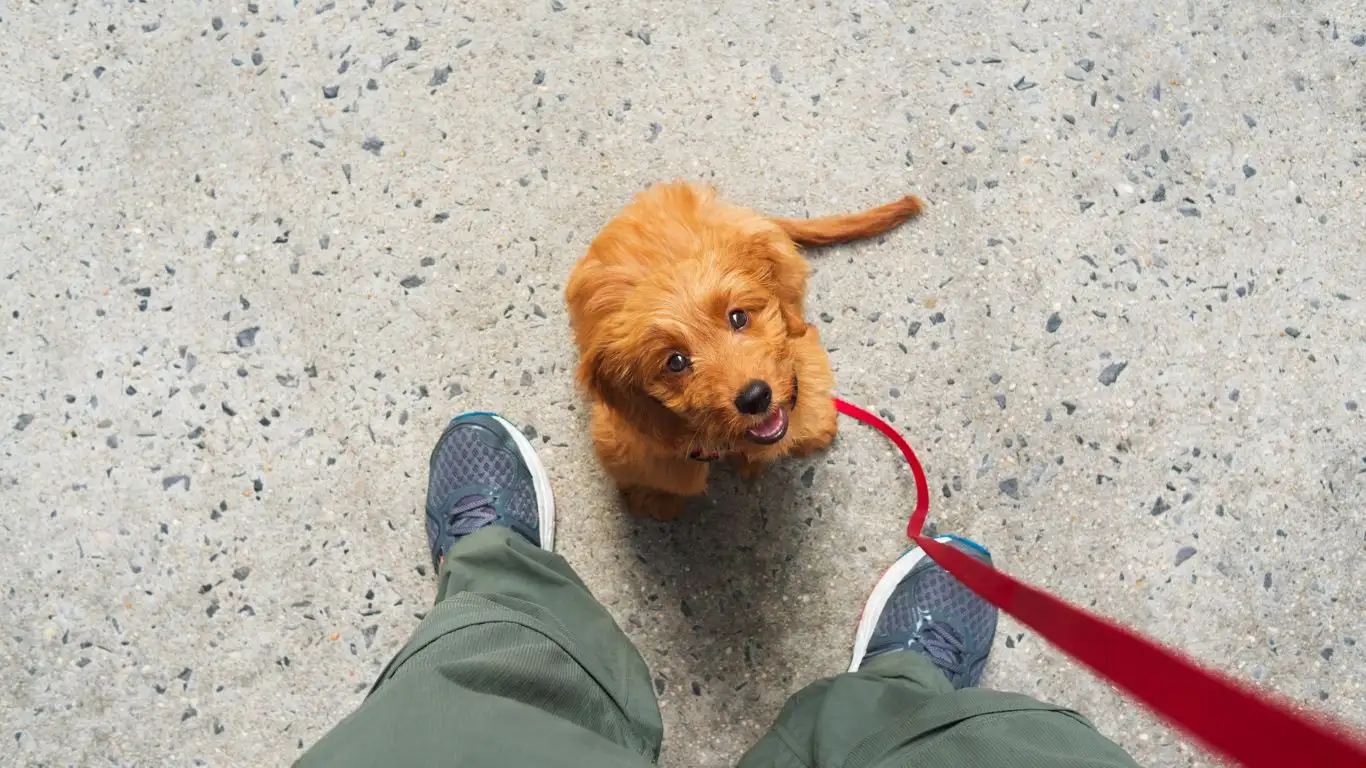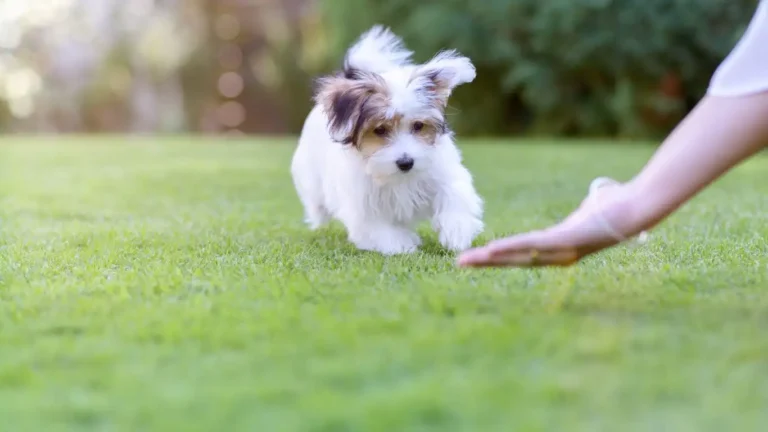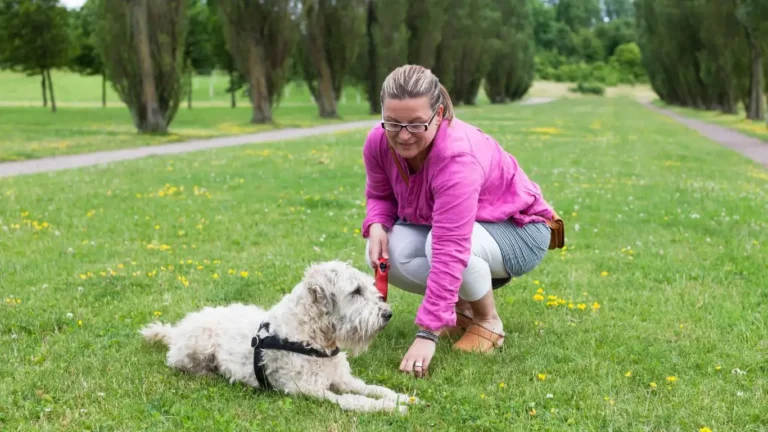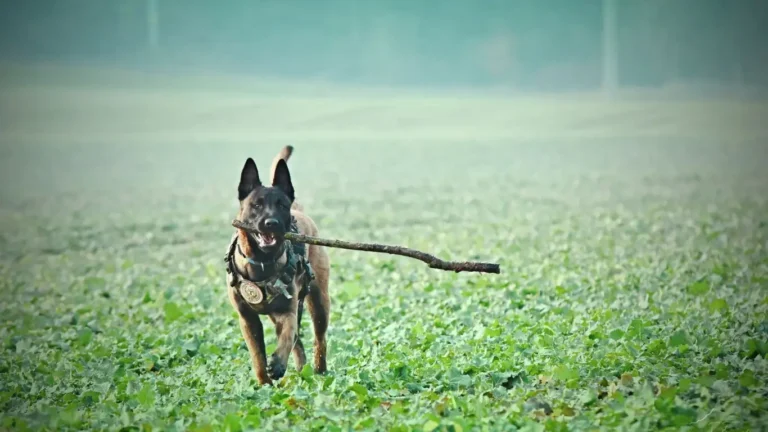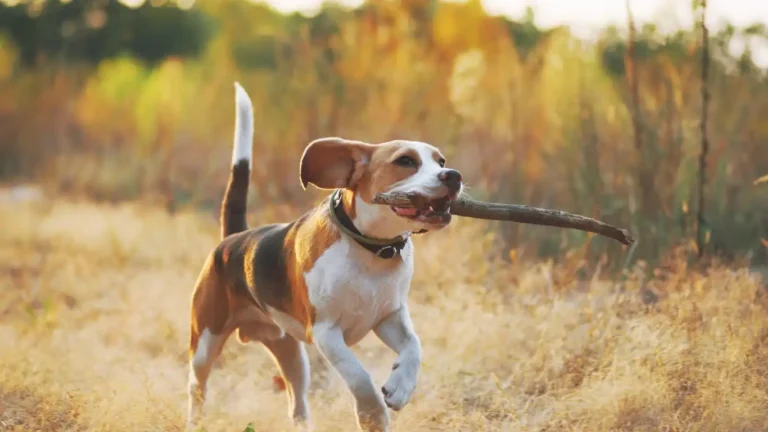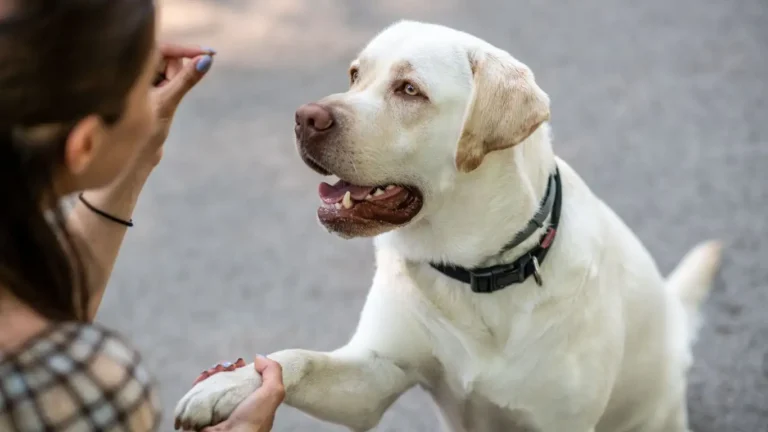Proven Tips to Train a Dog to Respect New Home Rules Fast
Bringing a new dog into your home—whether it’s a bouncy pup or a rescued older dog—can feel like introducing a tornado into your living room. I’ve been there countless times as a Canine-Assisted Therapy Trainer. Clients often ask, “How to train a dog to respect new home rules without feeling like a drill sergeant?” Here’s the good news: it’s totally doable with the right balance of patience, consistency, and understanding. Let’s chat about how to make this transition smoother for both you and your furry newcomer.
Understanding Your Dog’s Mindset
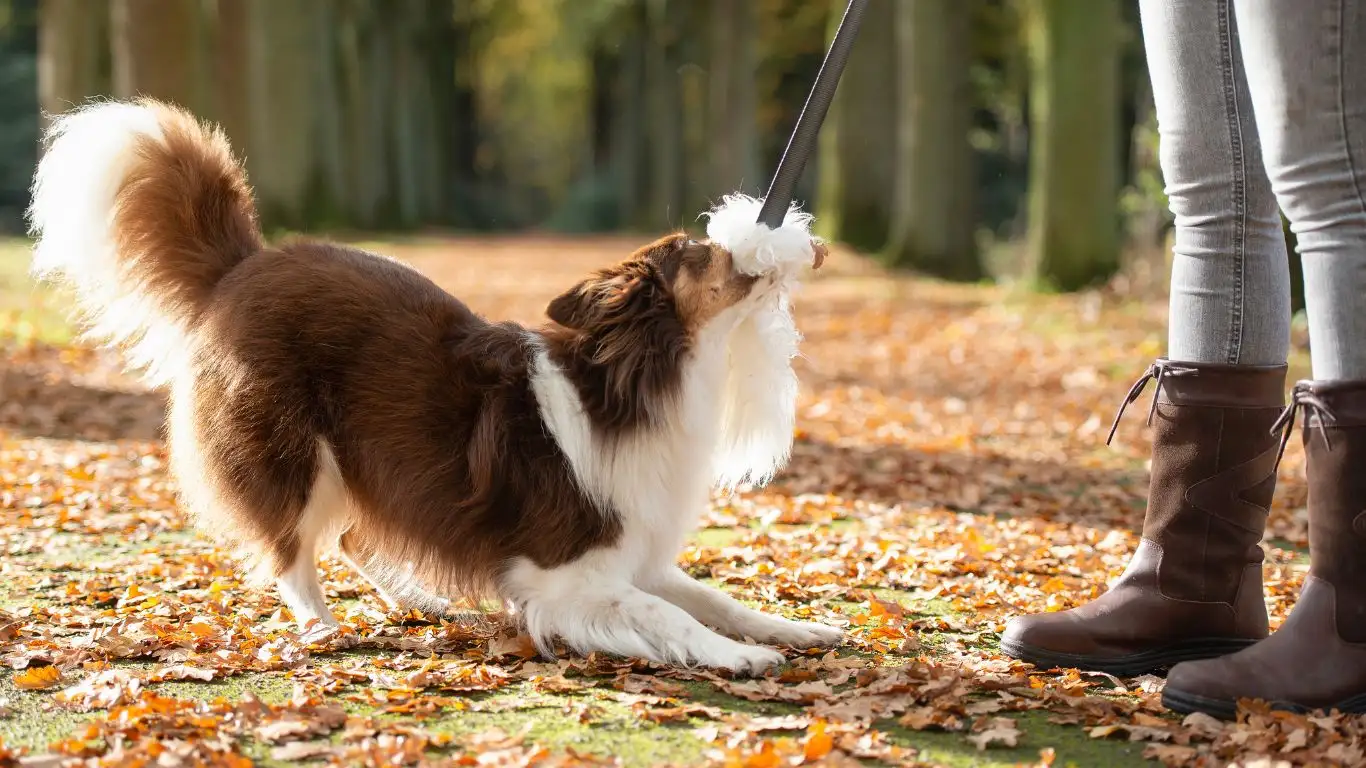
Think Like a Dog
Before we dive into specific rules and training techniques, let’s take a step back and understand how dogs see the world. Dogs don’t automatically know that your favorite slippers aren’t chew toys or that jumping on guests is a no-go. To them, your home is just one big exciting sniff-fest full of mysteries to unravel. Everything is new and smells amazing—especially the trash can.
One of my clients adopted a two-year-old lab named Ginger who immediately claimed the guest bed as her own. To Ginger, it wasn’t defiance—it was comfort-seeking. Understanding that helped us approach the situation more compassionately and effectively.
Establishing Trust Comes First
Respect starts with trust. If your dog doesn’t feel secure with you, they’re not going to listen when you lay down the house rules. Spend quality time together—walks, play sessions, even just hanging out. Dogs are intuitive creatures; they can sense if you’re tense, frustrated, or unsure.
In my sessions, I always tell people to slow down before jumping into obedience drills. Build the bond first. Once your dog sees you as a trustworthy leader (not a scary boss), the rest of the training falls into place so much easier.
Creating Clear and Consistent House Rules
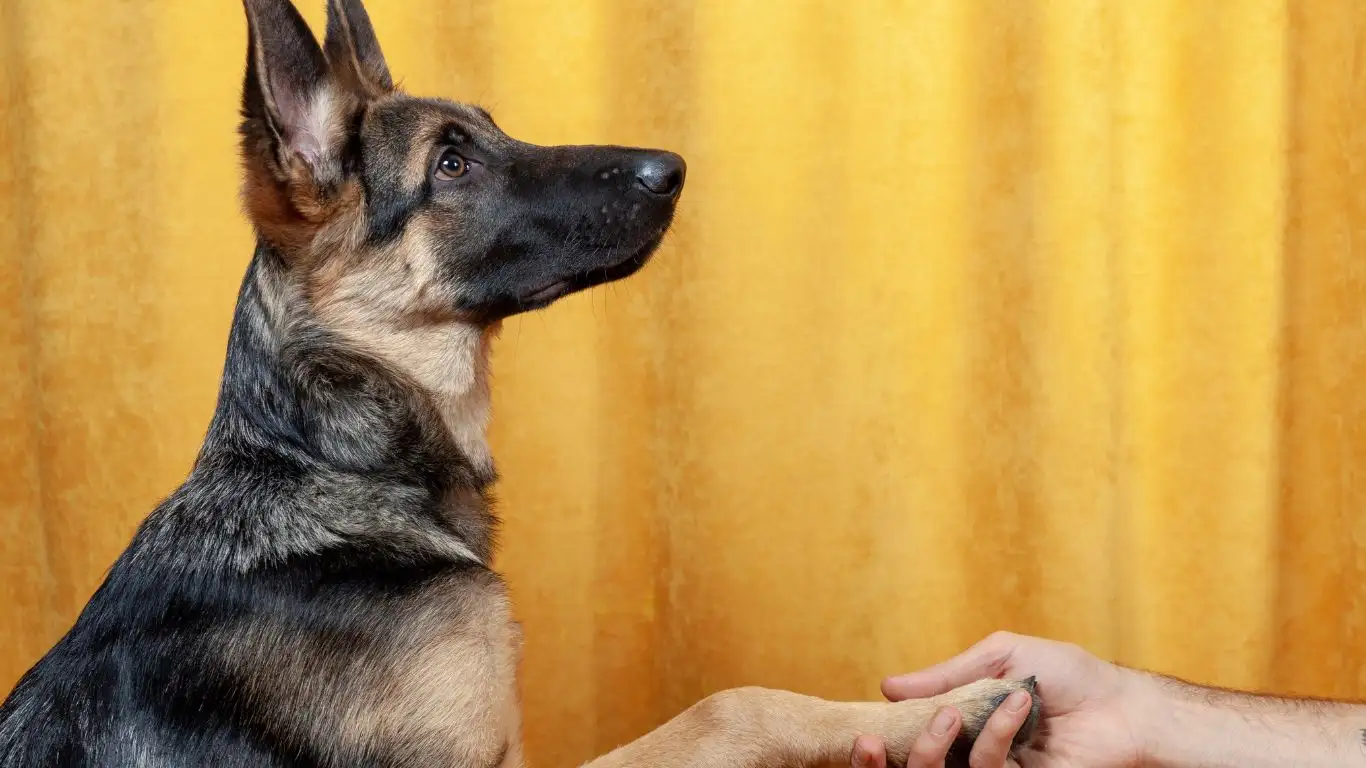
Pick Your Non-Negotiables
This is where you start putting a plan together. Think about the top behaviors you need your dog to understand right away. For most homes, these include things like:
- No jumping on furniture (unless invited)
- Respecting boundaries like off-limit rooms
- Not begging at the dinner table
- No excessive barking indoors
Once you’ve decided your rules, write them down and make sure everyone in the household is on board. Consistency is the magic sauce here. If one person lets the dog on the couch and another doesn’t, guess what the dog learns? Confusion. And confused dogs don’t follow rules.
Use Markers and Rewards
Training isn’t about punishment—it’s about communication. One tool I swear by is using a clear verbal marker like “Yes!” or clicking with a clicker to mark the exact moment your dog gets it right. Then you follow up with a reward—treats, praise, or playtime depending on what your pup loves most.
With my therapy dogs-in-training, I’ve seen huge breakthroughs just from marking quiet behavior with a calm “Good girl” and a scratch behind the ears. Dogs crave feedback—they’re always listening, even when it seems like they’re ignoring you.
Keep It Short and Sweet
Sessions don’t have to be long. In fact, shorter is better in the beginning. Try five- to ten-minute training bursts throughout the day. It keeps things fun and prevents frustration (for both of you!).
- Start with one rule at a time
- Be clear and consistent with cues
- Celebrate the small wins
I once worked with a Golden Retriever named Max who refused to stay out of the kitchen. We started with simple boundary training—marking and rewarding him for waiting at the doorway. Within a week, he’d peek in from the hall but never crossed the line. All it took was patience and consistency.
Reading Your Dog’s Reactions
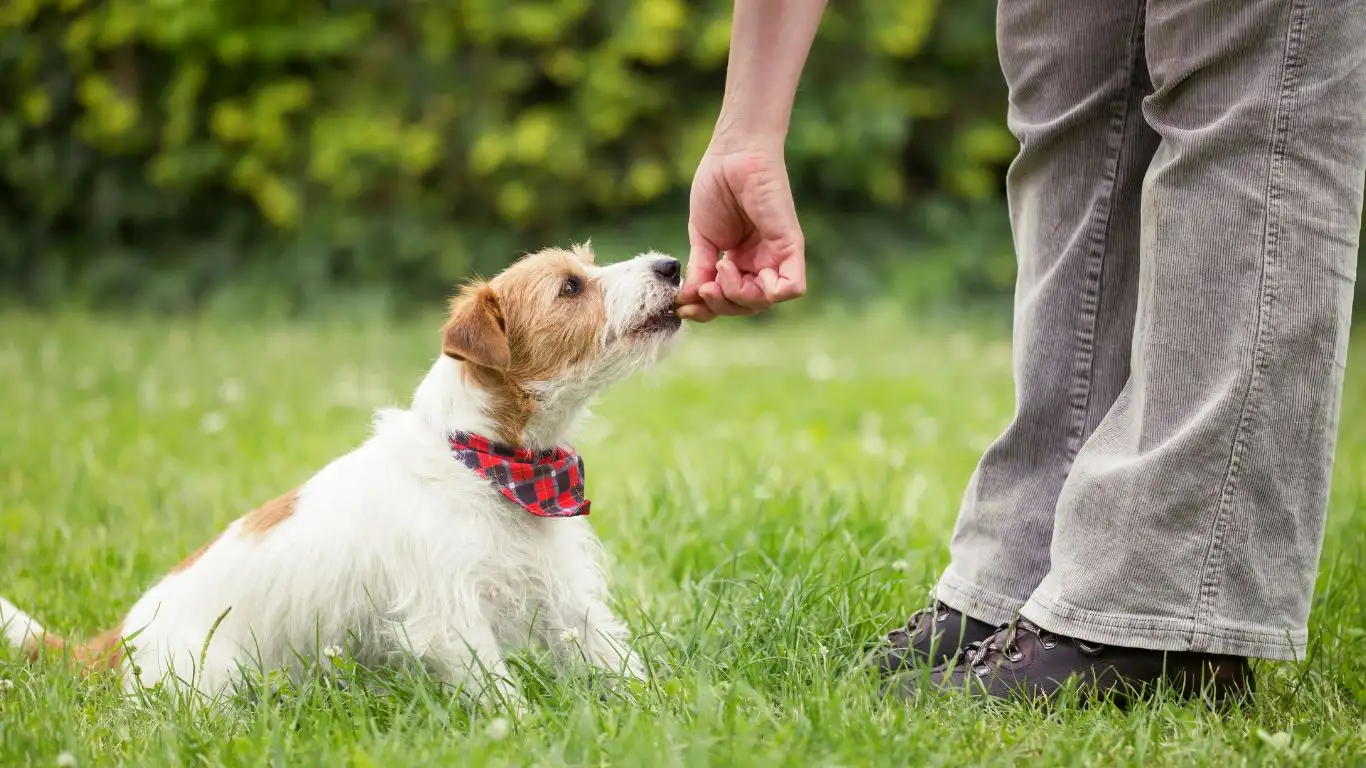
Watch the Body Language
Your dog is talking to you all the time—they just don’t use words. A wagging tail doesn’t always mean happiness, and lip licking can mean stress. Learn the basics of canine body language so you can adjust your training when needed. A dog who’s overwhelmed won’t learn much, no matter how many treats you offer.
One time during a training session, a young husky started yawning and turning his head away every time I gave a cue. At first, his owner thought he was being stubborn. Nope—he was just overwhelmed. We gave him a break, then came back with a simpler task. Boom—instant success.
When you tune into your dog’s emotional state, everything shifts. You become a partner in learning, not just a rule-enforcer. And that’s the real secret behind how to train a dog to respect new home rules—it’s about connection, not control.
Setting Boundaries That Actually Stick
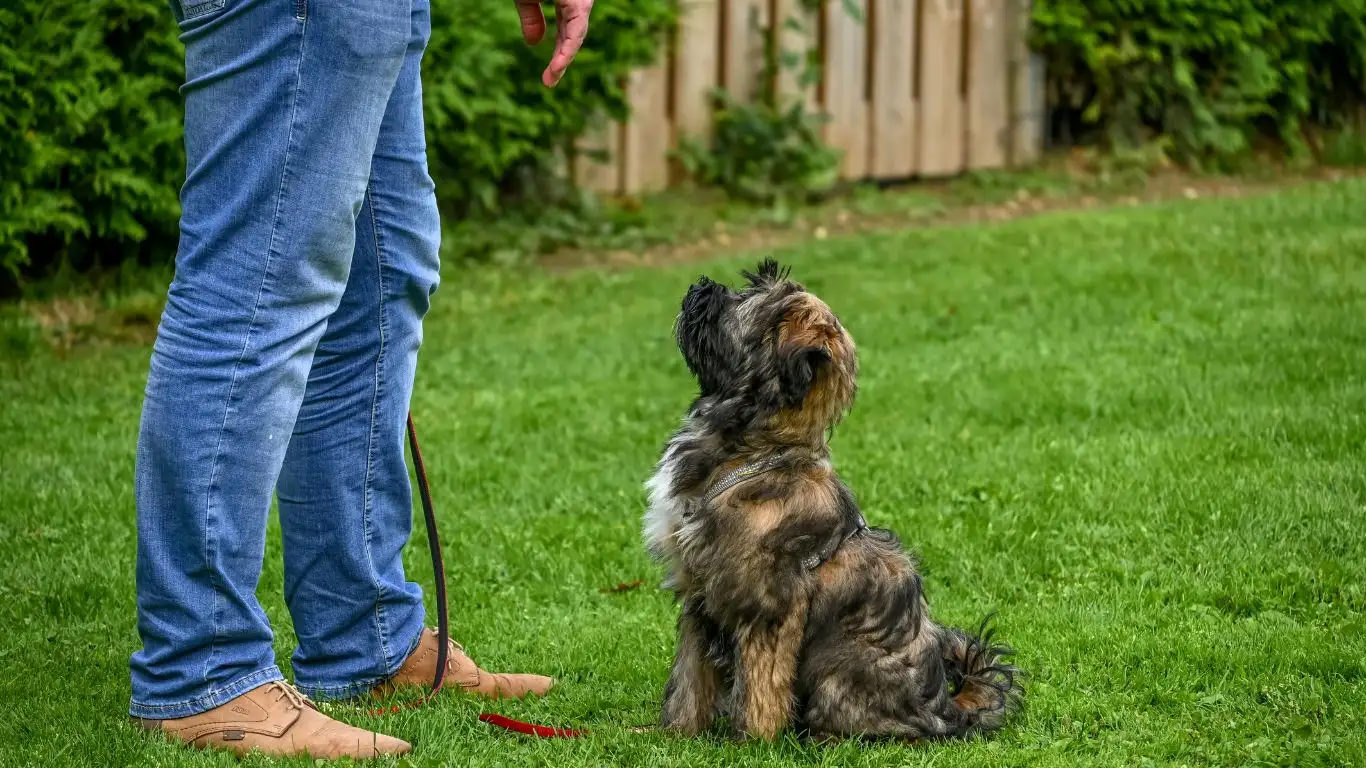
Visual Cues Help Reinforce Rules
Let’s be real—dogs don’t understand “off-limits” unless we show them. One of my go-to tips, especially for new pet parents, is to use physical boundaries during the early stages of training. Baby gates, exercise pens, or even closing certain doors can help your dog understand what’s theirs and what’s not.
Back when I brought home my foster dog, Bella (a stubborn little terrier mix with an attitude the size of Texas), I used a baby gate to keep her out of the kitchen. After a couple of weeks of clear, consistent boundaries, she no longer even tried to sneak in. That visual barrier gave her the clarity she needed.
Teach “Place” for Calmness and Control
One of the most underrated commands, in my opinion, is “Place.” It gives your dog a designated spot where they can chill, reset, and observe the world around them without getting into trouble. A comfy dog bed or mat works perfectly for this.
Here’s how to get started:
- Guide your dog to the mat and reward them for stepping on it.
- Use a consistent cue like “Place” or “Go to your spot.”
- Reward calm behavior and gradually add time or distractions.
“Place” saved my sanity during holiday gatherings. While guests mingled, my therapy dog-in-training learned to relax on her mat, away from the chaos but still part of the action. That one skill alone can transform a home dynamic.
Redirecting, Not Just Saying “No”
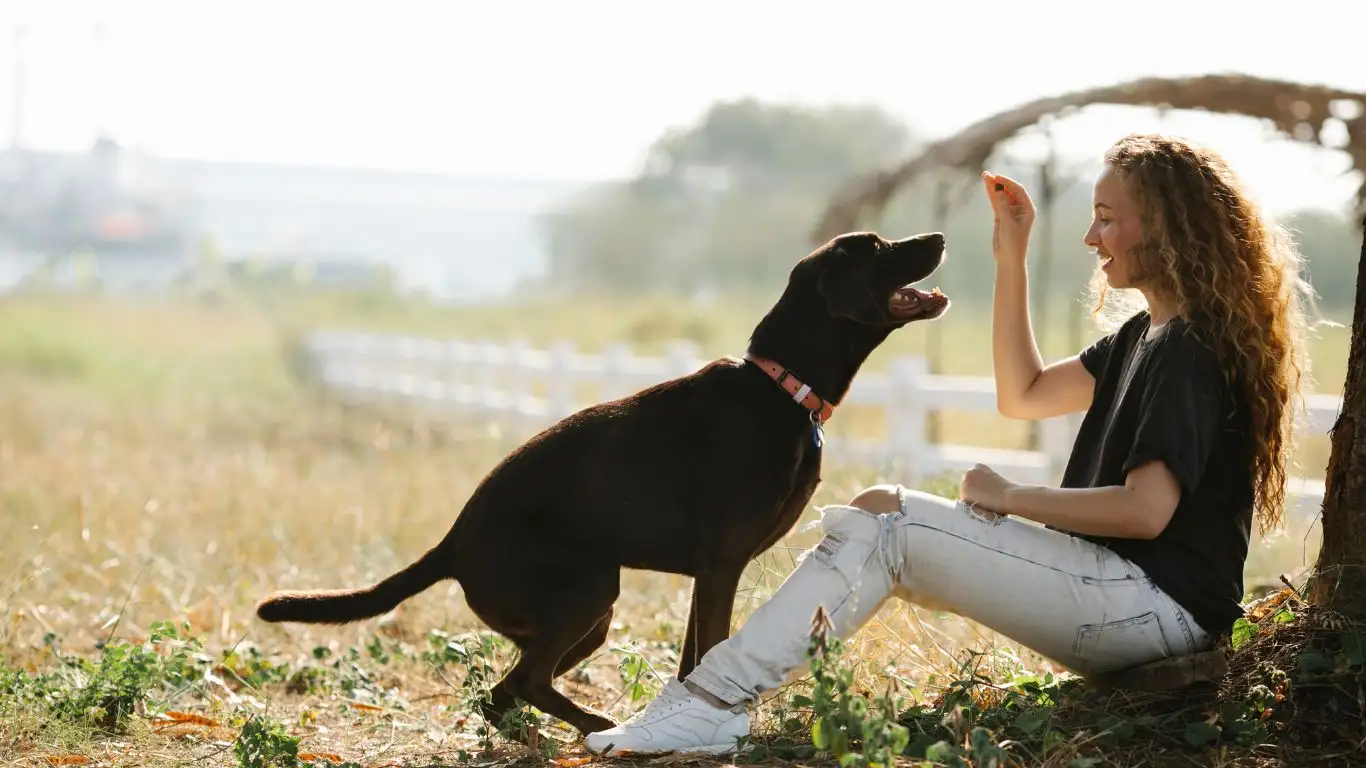
Replace Unwanted Behaviors with Better Ones
Here’s the thing about the word “No”—dogs hear it, but they often don’t know what to do instead. That’s why redirection is such a game-changer. If your dog’s chewing your shoe, swap it out with a durable toy. If they’re barking at the window, call them over and give them a puzzle feeder.
I remember working with a boxer named Rocky who loved counter-surfing. Telling him “No” did absolutely nothing—he thought it was a fun game. So instead, we redirected him to a “sit and watch” command away from the kitchen. Within a few days, he’d peek in but wouldn’t step foot inside.
Make Good Behaviors More Rewarding
Dogs repeat what gets rewarded. If they learn that sitting calmly gets them attention, praise, or even a tasty treat, they’ll do it again. I like to call this “stacking the odds.” Make the right choice the easy, obvious, and rewarding one.
- Celebrate calmness, not just action.
- Keep treats handy during early stages of rule-setting.
- Don’t wait for bad behavior—reward the good before it slips away.
In therapy dog work, this is gold. I’ve trained dogs to resist lunging toward snacks on the ground by rewarding eye contact and impulse control. It’s a habit built over time—but boy, does it pay off in the long run.
Managing Environment for Success
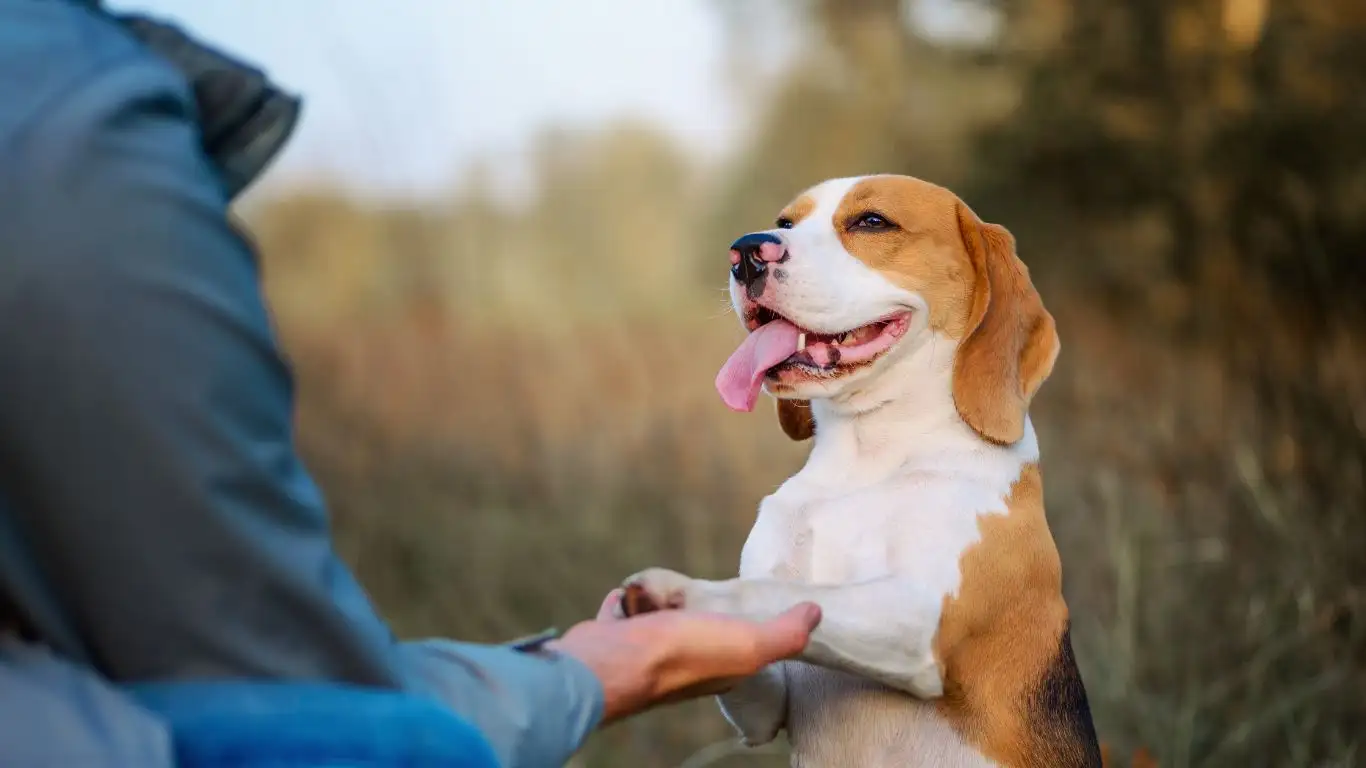
Set Up the Space to Encourage Good Choices
Dogs are opportunists. If they find a sandwich on the coffee table, guess what? It’s gone. Instead of waiting to correct, set the environment up to help them succeed. Keep tempting items out of reach. Offer mentally enriching toys. Create cozy spaces that invite rest, not mischief.
One client’s labradoodle kept digging into the laundry. We swapped the open basket for a lidded bin, added a snuffle mat in the living room, and boom—no more sock bandit.
Give Them a Job
Bored dogs = rule-breaking dogs. Whether it’s a treat-dispensing toy, a frozen Kong, or a quick training game, giving your dog a “job” redirects their energy in a positive way.
Here are a few quick “jobs” that keep my therapy trainees on their best behavior:
- Sniff walks (letting them explore and decompress)
- Learning a new trick or cue each week
- Engaging puzzle toys during downtime
It doesn’t have to be fancy—just purposeful. Dogs thrive when they have structure, and structured activities make respecting rules a whole lot easier.
When to Seek Extra Help
Know When You’re Out of Your Depth
There’s no shame in asking for backup. Some behaviors go beyond basic rule-setting. If your dog is displaying aggression, anxiety, or anything that feels unmanageable, reach out to a certified trainer or behaviorist. As someone who’s worked with therapy and rescue dogs in all shapes and temperaments, I can tell you—sometimes it really does take a team.
One of the most rewarding cases I worked on involved a rescue German Shepherd who had severe boundary issues stemming from trauma. With a combination of behavior work, veterinary input, and patient owners, she learned how to relax and follow the rules in her new home. It took time, but the result was worth every minute.
Remember, you’re not alone in this. And every dog has the potential to thrive with the right support.
Maintaining Consistency Over Time
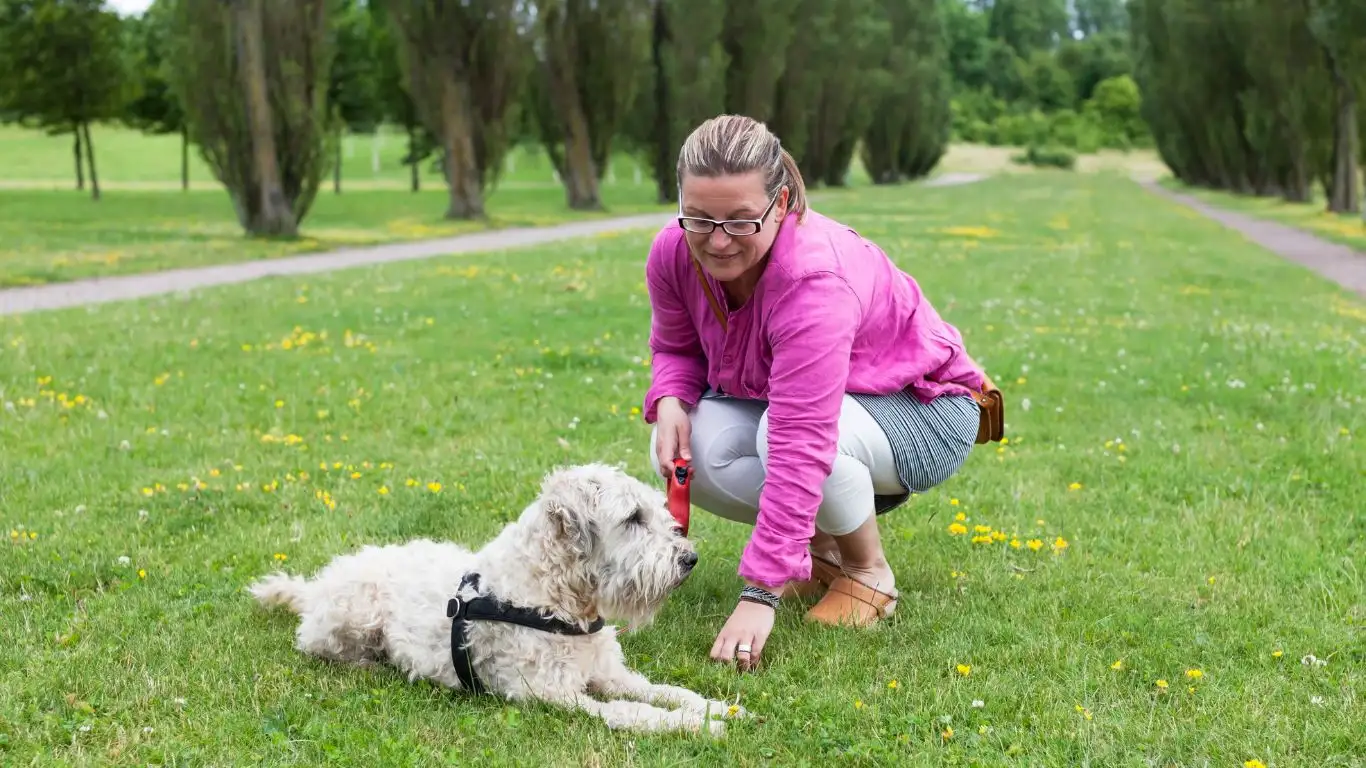
Consistency Isn’t a One-Time Deal
Here’s the real talk: teaching your dog to respect new home rules isn’t a “set it and forget it” kind of thing. It’s an ongoing process. Even after your dog masters the basics, daily reminders and reinforcement are key. Dogs thrive on routine, and maintaining clear expectations helps prevent slipping back into old habits.
Think of it like this: your dog’s brain is a muscle. The more you use it, the stronger it gets. I always encourage pet parents to weave training into everyday moments. For example, a quick “sit” before meals or a “stay” at the door can keep those good behaviors sharp.
Keep Everyone on the Same Page
One of the biggest challenges I see, even with experienced dog owners, is mixed signals. If one family member lets the dog jump on the couch and another says no, your dog becomes the ultimate boss. To avoid this, have a family chat about your rules and training methods. Make sure everyone understands the “why” behind the rules and agrees on how to enforce them.
Consistency from the whole household makes your dog’s life way less confusing—and that’s what builds genuine respect.
Handling Setbacks Without Losing Your Cool
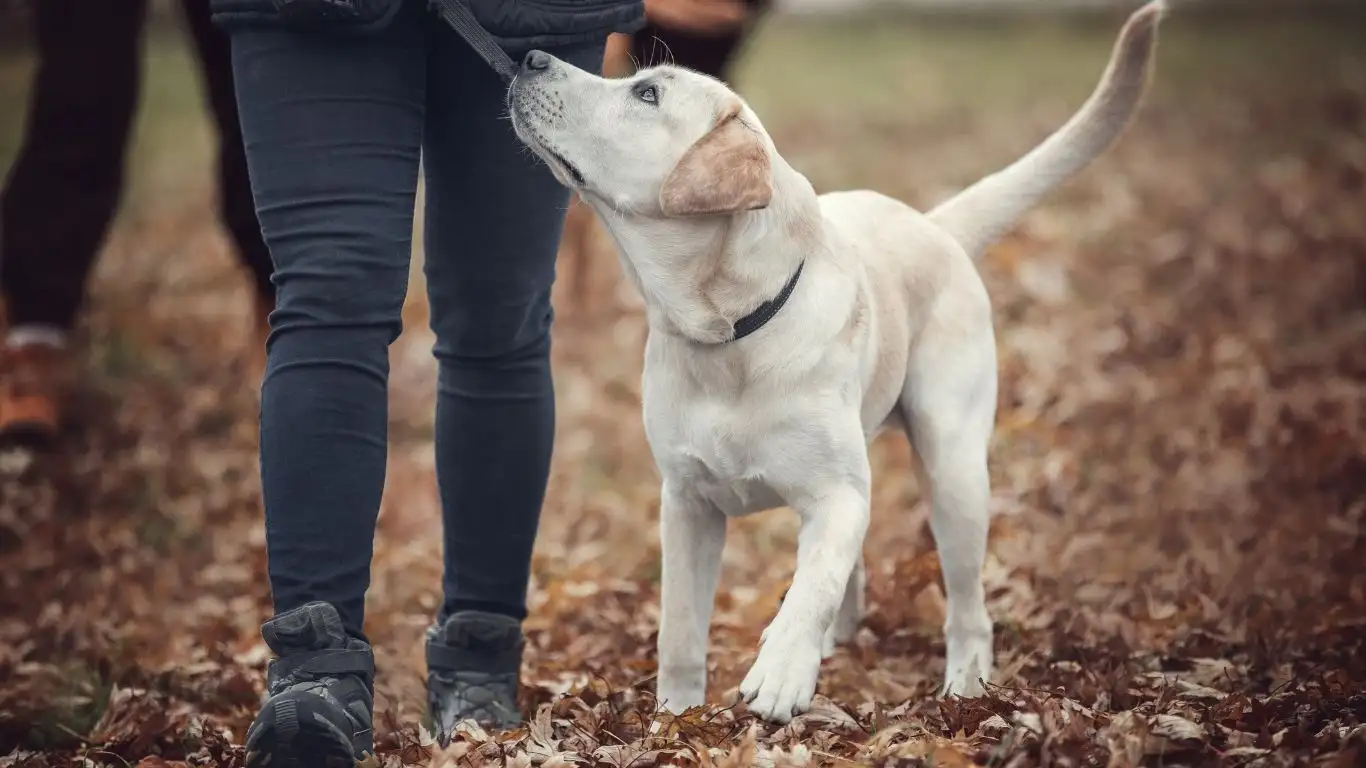
Expect Some Bumps in the Road
If you’re like most of my clients, you might hit a rough patch here and there. That’s normal! Dogs, like people, have off days. Maybe they’re tired, distracted, or just feeling extra curious. It’s not a sign that you’ve failed or that your dog is “bad.”
When setbacks happen, take a deep breath. Go back to basics and reinforce the positive. Sometimes, scaling back to simpler commands or shortening training sessions helps rebuild confidence for both you and your dog.
Be Patient and Keep the Tone Positive
One piece of advice I always share: never let frustration take over during training. Dogs are incredibly sensitive to our emotions. If you get upset or raise your voice, they might shut down or become anxious, which makes learning harder.
Instead, keep your tone upbeat and encouraging. Celebrate even the smallest wins. Trust me, a happy trainer equals a happy dog. And a happy dog learns way faster.
Personal Experience: Why Respect Beats Obedience
In my years as a Canine-Assisted Therapy Trainer, I’ve learned that respect isn’t about obedience alone. It’s about the relationship you build with your dog. When they respect your rules, it’s because they trust and understand you, not because they’re scared or forced.
I recall working with a young border collie, Finn, who was brilliant but strong-willed. We could have tried to dominate him into submission, but instead, we focused on mutual respect through consistent rules and positive reinforcement. The results were incredible—Finn became calm, focused, and eager to follow the rules, not because he had to, but because he wanted to.
That experience really cemented my belief: training a dog to respect new home rules is about connection, communication, and compassion. The rules you set become a shared language, not a battle.
Additional Tips for Long-Term Success
- Regularly update your training: As your dog grows and the household changes, revisit your rules to make sure they still fit.
- Socialize your dog: Exposure to new environments and people helps reinforce good behavior and confidence.
- Use mental and physical exercise: A tired dog is a well-behaved dog. Combine walks with brain games.
- Stay informed: Follow certified trainers, join dog training communities, and keep learning.
References
Disclaimer
This article is intended for informational purposes only and does not replace professional veterinary advice or behavior consultation. Always consult a qualified trainer or veterinarian if you have concerns about your dog’s behavior or health.
